[70th Anniversary] Seven challenges for South Korea's social, economic survival
By Son Ji-hyoung, Shim Woo-hyun, Park Jun-hee, Jo He-rim, Park Ga-young, Kim So-hyunPublished : Aug. 13, 2023 - 15:40
Moving forward from South Korea's dynamic seven decades, The Korea Herald identifies the seven most crucial challenges the nation must overcome for a sustainable and prosperous future. – Ed.
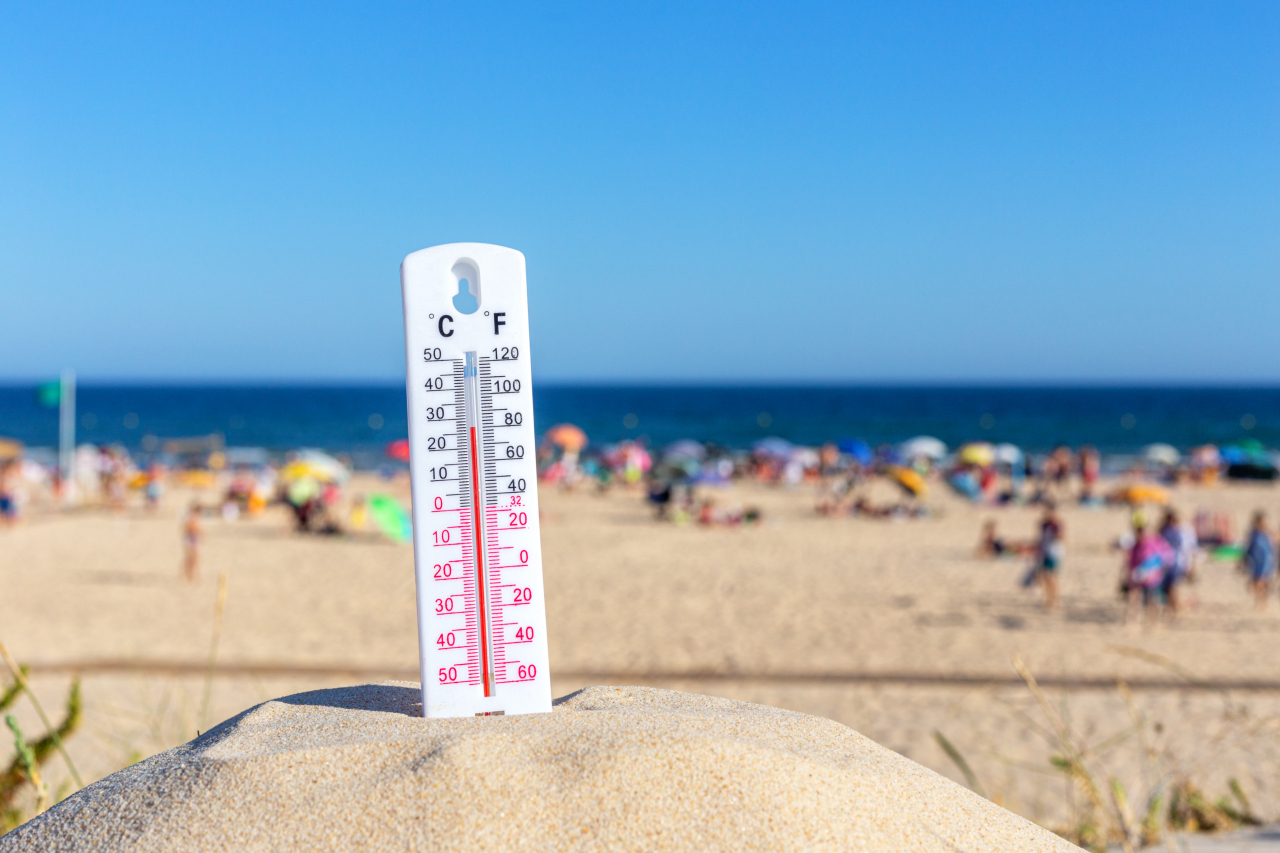
Climate crisis becomes irreversible reality
Climate change has long been considered a future disaster rather than a present threat by many Koreans. However, it has now become a largely irreversible reality, manifesting as a series of extreme weather events that significantly affect people's daily lives.
The average rainfall across the country came to about 650 millimeters for this year's monsoon season, a period of about a month ending on July 26, often involving extremely heavy rain recording 50 mm of precipitation per hour. It was the third-largest total volume for an annual monsoon season after 2006 and 2020. The downpours left 50 people dead or missing, and nearly 20,000 people displaced.
The record monsoon rains immediately gave way to a heat wave that has killed 21 people so far this year as of Aug. 7. The number of deaths believed to be caused by the heat wave approached half that of the record of 44 in 2018.
The seriousness of such extreme weather events, combined with worsening air quality, highlights the slower-than-expected transition from fossil fuels to renewable energy that remains unresolved thus far in Korea -- which is considered one of the 10 largest carbon-emitting countries in the world.
Korea’s greenhouse gas emissions more than doubled from 1990 to 2020. As a result, as of 2021, about 77 percent of Korea's primary energy came from fossil fuels.
With the goal of reaching carbon neutrality by 2050 first introduced in 2020 under the previous Moon Jae-in administration, the nation's climate neutrality target is enshrined in a framework act that came into effect in 2022.
In April, Korea approved the five-year implementation plan to emit a net 436.6 million metric tons of carbon dioxide and its equivalent in 2030, down 40 percent – in line with its updated Nationally Determined Contribution to the United Nations in December 2021 – compared to 727.6 million tons in 2018.
But Korea's current plan of action to fight climate change is regarded to be "highly insufficient."
According to the latest Climate Action Tracker report in July, Korea’s implementation of policies will lead to a yearly emissions level of at least 650 million tons of carbon dioxide equivalent in 2030 -- which would be 116 percent above the 1990 level. In absolute terms, excluding reductions from land use, land use change, forestry and international credits, the annual carbon emissions would amount to 501 million tons.
"If all countries were to follow South Korea’s approach, warming could reach over 3 C and up to 4 C," indicated a July report by Climate Action Tracker, a collaborative project of Climate Analytics and NewClimate Institute.
What happens if the planet undergoes 3 C of warming, according to a separate projection by Climate Transparency, is that the volume of rainfall in Korea will jump threefold compared to the average between 1986 and 2006, and the number of people annually exposed to heat waves in the country will be 4,913 times higher than the number of people affected between 1986 and 2006.
In the case of 1.5 C of warming, as optimally suggested under the Paris Agreement, the volume of rainfall will rise 3.6 percent, and about 500 more people than currently will be exposed to heat waves under this latter scenario.
This result was echoed by the Climate Change Performance Index released in November 2022 jointly by Germanwatch, NewClimate Institute and Climate Action Network.
Korea's actions to mitigate climate change ranked the country near the bottom -- 60th out of the 63 countries surveyed -- in the latest CCPI report, receiving "very low" ratings in the areas of greenhouse gas emissions, renewable energy, energy use and climate policy.
The report attributed Korea's poor ratings to its decision to lower its renewable energy target from the previous 30 percent to 21.5 percent by 2030 in its National Electricity Plan earlier this year.
It also pointed to serious challenges hindering the necessary expansion of renewable energy in Korea, including the current power market, which is structured to favor fossil fuels over renewable energy.
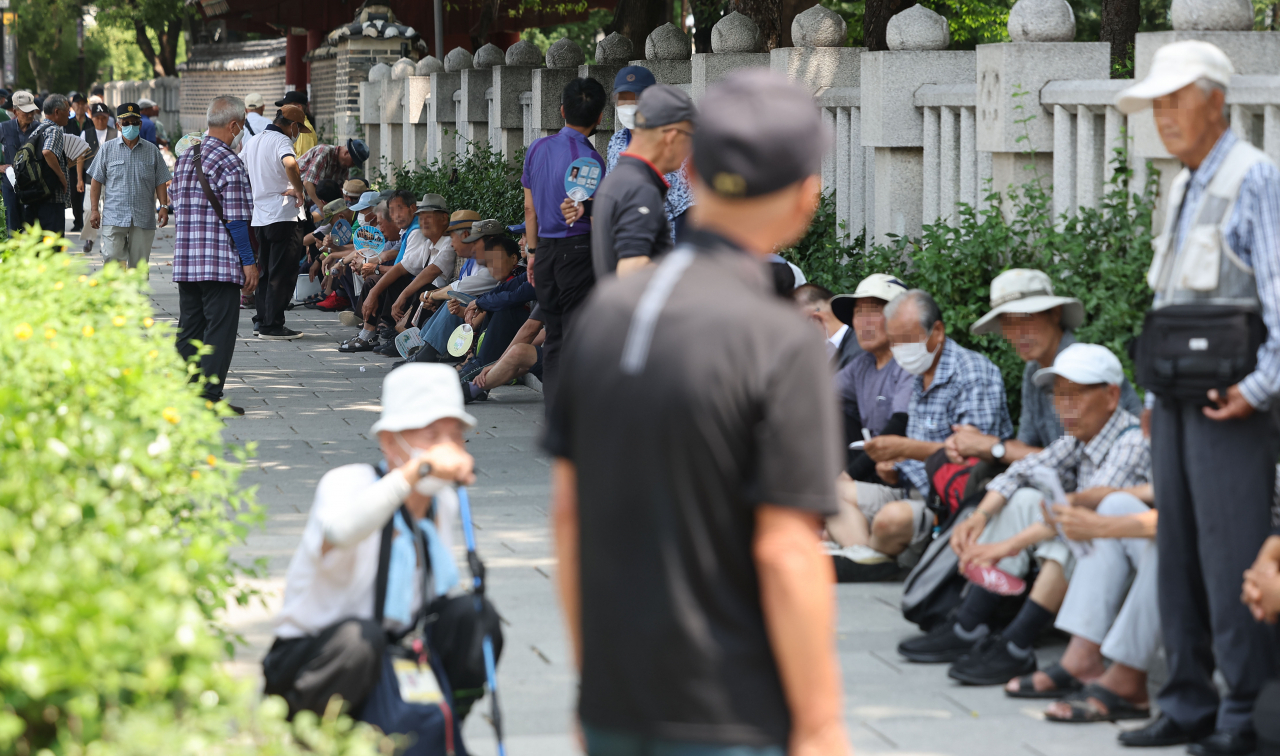
Coping with the consequences of the world's lowest fertility rate
South Korea is undergoing a major demographic upheaval, fueled by its low fertility rate, ushering in multifaceted changes in society.
Schools are closing due to low enrollment. Troop numbers have been cut down as the number of men eligible for conscription falls. Companies are also concerned about labor shortages that will likely get worse down the road.
In 2021, South Korea experienced the first on-year decline in the country’s total population, to 51.73 million, since the country started to collect related data in 1949. The population dropped again in 2022 to 51.69 million, according to data released by Statistics Korea at the end of July.
The decrease is largely due to the country’s dropping fertility rate, which hit 0.78 children born per woman over her lifetime in 2022, the lowest level since records were first kept in 1970.
At the current rate, the country’s total population will fall into the 40 million range in 2041 and plunge to some 38 million by 2070, the agency said.
Experts pointed out that increases in housing prices, the cost of raising a child, living costs and changing attitudes toward marriage have propelled the downward trend in the country's population.
"Korea's response to the dropping fertility rate was belated," said Ha Joon-kyung, a professor of economics at Hanyang University. "The country's fertility rate dropped below 2.0 (the fertility rate needed to ensure a broadly stable population) first during the 1980s, but the country did not take preemptive measures until the 2000s, allowing the rate to go down at a rapid pace,"
Of many different sectors, South Korea's decreasing fertility rate and the number of newborns has hit the country’s education sector first, forcing schools and kindergartens to shut down.
Thirteen kindergartens have closed their operation this year. One elementary school has also closed, and three high schools will close next year, according to the Seoul Metropolitan Office of Education.
The declining youth population has forced the country to lower its troop numbers, which could jeopardize its military capabilities against North Korea, the world's fourth-largest military with over 1 million active personnel.
In 2019, the government announced that it would adjust the number of troops to 500,000 by 2020, but recently removed the target in consideration of the declining young male population.
“To maintain the country’s troop numbers at 500,000, the government has to recruit 220,000 new soldiers (every year), but the population of males aged 20 is expected to go below 220,000 in 2036 and 120,000 by 2042,” South Korean Defense Minister Lee Jong-sup said at the National Assembly in June.
Together with the low fertility rate, the country’s increasing aging population is anticipated to spark labor shortages in the near future.
According to Statistics Korea, the working-age population -- those aged between 15 and 64 -- has dropped by 883,000 from five years ago. In 2022 alone, the country’s working-age population saw an on-year decrease of 258,000.
On the other hand, the number of people aged 65 and over increased by 440,000 in 2022 to reach 9 million, or 17.5 percent of the total population.
Professor Ha warned that the declining working-age population and climbing aging population has started to impact the country's economy. "From a long-term perspective, South Korea should try to recover its fertility rate, while providing jobs for senior citizens."
As labor shortages are expected to deepen in the future, the government too is speeding up its process to establish an immigration agency.
“To counter labor shortages, which the country will start to face in 2030, South Korea needs to speed up and establish an immigration agency that can take charge of bringing foreign talents needed in different industries,” said Cho Young-tae, a demography professor at Seoul National University, during a lecture organized by the Justice Ministry in July.
Fading brilliance of Korean education
A driving force that propelled war-ravaged South Korea into an economic and industrial powerhouse has been its skilled, educated workforce that made up for the nation’s relative lack of natural resources.
Korea’s upward trajectory, however, has slowed as its public education system has faltered.
The education system has turned into a single track on which Korean children compete against each other from birth to get into a handful of prestigious colleges as a step to getting high-paid, secure jobs. Critics have warned that its essential functions encouraging students to explore a broad range of fields and providing them with the basic knowledge and practical skills to do so, as well as the social skills and ethical values to become responsible contributors to society, have been disappearing, not to mention the opportunity to nurture creative minds to navigate the uncertain future.
For many, the country’s cutthroat, narrow education landscape has driven them to take their talents overseas. According to data provided by the Education Ministry, 194,916 high school students were enrolled in overseas schools in 2020, 156,520 in 2021 and 124,320 in 2022 -- mostly in the US and Canada.
Another troubling trend is parents’ and students’ skewed preference towards the medical profession, seeing it as a “golden ticket” to a secure career and high income, which people criticize as being the main criterion by which Korean society defines a person’s success.
In some cases, preparation to get into med school starts as early as elementary school. A survey earlier this year showed 1 in 5 elementary and middle school students had expressed the desire to attend medical school. The trend has fanned concerns of a shortage of workers in other fields, such as science and engineering.
Observers say the fierce competition is likely to persist unless the government increases the enrollment quota at medical schools. The quota, which has stayed unchanged at 3,058 students per year since 2006, is connected to the shortage of doctors outside of major urban areas and in key specializations.
Some students who were accepted into departments specializing in semiconductor engineering at prestigious universities this year even rejected their admissions offers, with industry analysts saying they likely chose to go to med school instead, reports said.
Such top departments all but guarantee a job at a top conglomerate after graduation with majors related to semiconductor engineering. Yonsei University and Korea University -- two of the nation’s top schools -- have teamed up with Samsung Electronics and SK hynix to nurture future talent in system chips on the condition that the companies hire the students after graduation.
Data also showed many students took Korea’s college entrance exam multiple times until they got into med school.
Education Minister Lee Ju-ho, however, believes the obsession with medical school has “reached its peak,” leaving no room for further expansion, Lee said during an interview with The Korea Herald in June. He said that focusing on each student and fostering talent will become easier with Korea’s declining population.
However, to be proactive about cultivating a diversity of talented young people and enable them to spread their wings, Park Nam-gi, a professor at Gwangju National University of Education, advises creating incentives for students to pursue a variety of different career paths and provide more job opportunities at younger ages so that they can grow into workers that contribute in numerous ways to their communities.
“Schools should help students discover the characteristics of different careers through field trips and meeting professionals that could give them practical experience and the choice to do what they want in the future,” he said, adding that parents should be more open-minded when it comes to their children’s future careers.
Park said that creativity is not cultivated separately from learning knowledge, but that it comes together with it, adding that teachers should continue offering activities that fit students’ different abilities and ages while helping them explore new ideas and encouraging curiosity.

Economic growth losing steam
Over the past seven decades, South Korea has transformed itself from being one of the poorest countries into a high-income nation -- probably one of the fastest countries to achieve the status.
Standing as an advanced economy, categorized by the UN Conference on Trade and Development for first time in 2021, Korea has been an illustrative example that sustained robust economic growth to escape the so-called "middle-income trap" in its growth.
But now, the world’s 13th- and Asia’s fourth-largest economy is facing hurdles to advance further, with the latest economic figures signaling the country may be falling into a long-term stagnation in growth.
In 2022, Korea witnessed the third-largest decline in its gross domestic product per capita of 8.2 percent when compared to the year earlier, posting $32,142. The decline was the largest after Japan and Sweden among major economies.
The growth outlook for Korea does not look upbeat either, with the International Monetary Fund anticipating the rate to be at 1.4 percent, a sharp drop from last year's 2.6 percent. The figure is also lower than the IMF's global projection rate of 3 percent, and 4.6 percent for the Asia region.
Months of trade deficit has weighed on the country's economy that is heavily reliant on exports. In trade, Korea only barely recovered to make ends meet in June and July, after running a deficit for 15 consecutive months.
In July, Korea's outbound shipments logged $50.33 billion, down 16.5 percent on-year, and inbound shipments fell 25.4 percent to record $48.7 billion -- leading to a trade surplus of $1.63 billion.
External factors, such as the unprecedented outbreak of the COVID-19 pandemic, the ensuing global economic slump and persistent inflation are obviously affecting the country's low growth trend.
But experts say the latest economic figures show that Korea has fallen into the phase where economic growth is limited, and that, the country should carry out structural reforms and explore new industries.
To overcome the sluggish growth, experts said Korea needs to address the problems of low birth rate and the aging population, and pursue new channels and explore new industries for future growth.
For advanced countries, keeping growth consistent becomes the more realistic goal than creating double-digit growth.
"South Korea has already entered the structural phase of low-growth trend," Kim Young-ik, a professor of economics at Sogang University Graduate School of Business said, explaining that the country should diversify its export channels and reduce dependency on one country, China, Korea's top trading partner.
The neighbor's slow recovery after reopening its borders from the COVID-19 pandemic has taken a toll on Korea's economy, logging deficit for over a year in bilateral trade.
The escalating rivalry between the US and China is also raising alarm for Korea, which strongly relies on semiconductor exports and is home to the world’s top two memory chipmakers, Samsung Electronics and SK hynix.
Ju Won, deputy director of the Hyundai Research Institute, also pointed out that the country lacks the "new drive" for growth.
"We have a couple of key industries, such as semiconductors and cars, that has been lifting the country's economy for the past years. But there is no other drive for growth and this is hard when established industries struggle," Ju said.
"The country is also seeing a shrinking working age population."
Korea’s leading conglomerates are now eyeing new fields for future growth, such as batteries, electric vehicles, biopharmaceuticals and hydgrogen energy among others.
Explaining how the United States maintains its economic growth rate steadily in the 2 percent range by leading new technologies and adopting proactive immigration policies, Ju said Korea should find new industrial strengths and address the low birth rate and aging population.

Embrace diversity to keep the Korean Wave from crashing
That Hallyu has managed to continue growing for more than 25 years may be a source of both astonishment and concern for onlookers, considering the history of cultural products from non-Western countries becoming fleeting trends, as seen with Hong Kong films and J-pop.
While the global popularity of Korean cultural content is not limited to one or two domains and has shown stronger presence than expected, experts caution that for Hallyu to continue developing in a lasting manner, South Korea must cultivate cultural sensitivity while actively embracing cultural diversity.
“Due to the (increased consumption of Korean culture) over a wide range of areas in a short period of time, there has been a lack of preparation for how (Korea) is perceived in various cultural spheres, which can lead to misunderstandings and pose risks,” Lee Sung-min, an assistant professor in the Department of Media Arts and Sciences at Korea National Open University, told The Korea Herald in an interview last week.
One example is the portrayal of an Arab prince as gullible and affluent as well as a womanizer in the drama series, “King the Land,” last month, the role of which was actually performed by an Indian actor. In response to outrage expressed by overseas viewers, the production company issued two apologies in the span of one day for its cultural insensitivity.
“Based on the idea that Hallyu is only made possible by foreign consumption, understanding how we should view and accommodate those who consume Hallyu content becomes a fundamental premise for the phenomenon to exist,” Kim Sae-mee, a research professor of regional studies and cultural policy at Hanyang University's Peace Institute, told The Korea Herald on Tuesday.
“There still seems to be an exclusionary attitude among Koreans toward countries that are not considered 'advanced nations.' For instance, there is not enough Korean content portraying Southeast Asians in a positive light. Despite being major consumers of content, these regions are often only depicted as tourist destinations, with few instances of successful CEOs or prominent figures from those areas being portrayed in Korean content,” Kim noted.
Embracing diversity is inevitable, essential and requires deliberate efforts, experts said.
That is partly because globally and in Korea, lifestyles have been greatly diversifying, while the notion of "the average" -- referring to blending into one mainstream, or attempting to conform to one set of standardized norms -- is losing significance according to the annually published book, “2023 Consumer Trend Insights.”
Unlike countries where citizens' identity is based on embracing high levels of diversity, Korea has promoted a national identity based on ethnic and cultural homogeneity for much of its modern history. That’s why it’s necessary today for Koreans actively to seek out opportunities to come into contact with diverse people from other cultures, Lee explained.
“It's important to expand opportunities to encounter diversity in Korean society through (watching and producing) culturally diverse content,” he said.
In addition to reflecting carefully and sensitively on how other cultures are portrayed in Korean cultural content, the entire production process should be more representative of greater diversity -- meaning those who work in the industry -- both Lee and Kim noted.
Lee, who is one of the authors of “Hallyu and Cultural Diversity,” a report published by the Korean Foundation for International Cultural Exchange in June, pointed out that ultimately, curiosity about other cultures as well as demand for more diversity and representation are behind the popularity of Hallyu in the first place, so they integral to its sustainability as well.
“The consumption and popularity of Korean cultural products are part of the response to growing demand for cultural diversity to begin with,” Lee said, adding that “If this fact is forgotten and it transforms into a superior or unilateral attitude (on the part of Korean cultural content and its creators), it becomes a risk.”
Making a more productive politics
To tackle all these major challenges, the country needs a leadership that can effectively articulate its causes and execute solutions, while engaging with the public to win its support.
Unfortunately, this is something South Korea is failing spectacularly at right now.
Nearly every project pushed by the Yoon Suk Yeol administration bears the hallmarks of political sectarianism, while social cohesion and consensus have become an increasingly elusive goal. The situation was not so different under the previous administration led by Moon Jae-in.
South Korea remains unwavering in its commitment to democratic institutions, with a track record of removing occupants of the highest office through peaceful means, including recently via the impeachment process.
But, when it comes to whether this vibrant democracy can get the job done, there are growing doubts.
Given that those running for office can realize their ideas only if they win, fighting or smearing the other team to get elected falls within their job scope.
But in Korea, where most former presidents have faced investigations or imprisonment once their power is relinquished to the other side, an unending cycle of revenge compels politicians to resort to extreme measures at any expense to clinch victory and crush opponents.
In this winner-takes-it-all environment, coupled with the media’s tendency to write what sells, the emphasis shifts away from the productive policy discussions and collaborative problem-solving that are essential to tackle national challenges. The priority becomes making rivals look bad to ensure the best chance at winning the next election.
Negative public perception of the role of the leadership and politics were among the reasons cited for South Korea’s drop in the annual Democracy Index 2022 by the Economist Intelligence Unit, released earlier this year.
The country fell eight spots from a year earlier to rank 24th out of the 24 nations classified as “full democracies,” in the study of 167.
“Years of confrontational party politics have taken a toll on South Korea’s democracy,” points out the EIU in the report.
“A Manichaean interpretation of politics has shrunk the space for consensus-building and compromise, often paralyzing policymaking. Politicians focus their political energies on taking down rival politicians rather than working to find consensus and improve the lives of citizens.”
Domestic public opinion surveys have also indicated a growing public disillusionment with the country’s rival political camps, locked in a seemingly permanent gridlock.
In the latest National Barometer Survey, conducted jointly by four pollsters here, 37 percent of respondents, the largest group, answered that they support "no political group.” Supporters of the ruling People Power Party came next at 34 percent, while its archrival Democratic Party of Korea garnered 21 percent.
The Yoon administration has set labor, education and the national pension scheme as its primary targets for reform. The success of these initiatives hinges on the administration's active involvement in political dialogue and its ability to foster public consensus, which could in turn become a catalyst for positive change.
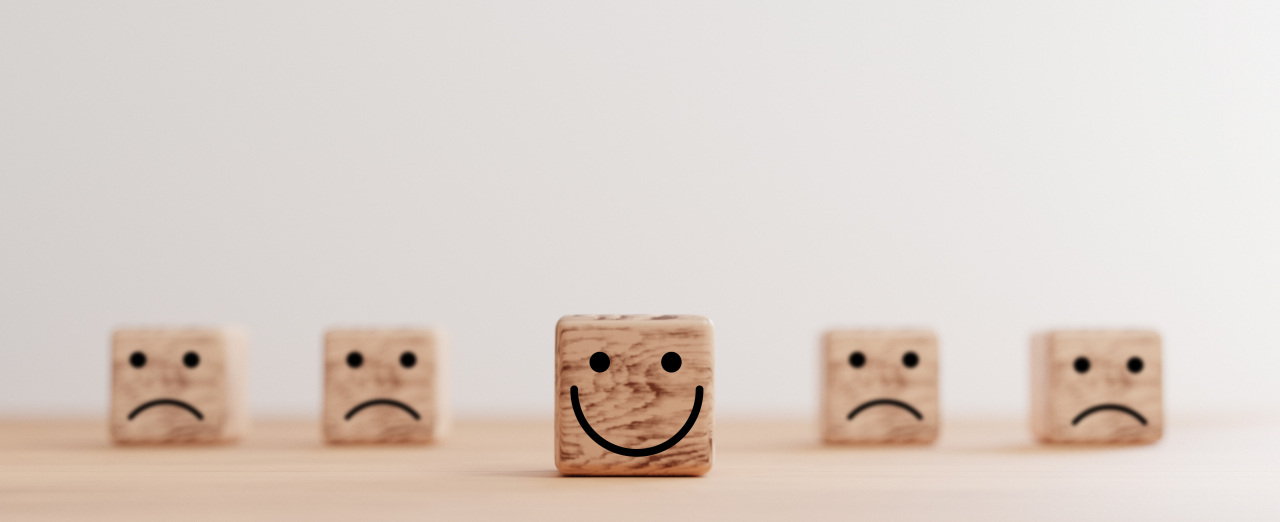
A tall order called happiness
After its swift transition from a postwar wreck to a developed economy, the rise of mental health challenges and hate violence are among the toughest problems South Korea faces.
Almost every day, Koreans come across news articles about people with mental illnesses who have killed themselves or hurt others in shocking ways.
Psychiatrists report they are seeing an increasing number of patients, ranging from toddlers with ADHD to seniors with depression.
Korea came 32nd among 33 member countries of the Organization for Economic Cooperation and Development on the Better Life Index, which measures the status of well-being. Korea ranked at the bottom in a similar study by the UN, and at the bottom in terms of the quality of sleep.
Korea’s suicide rate has long been the highest among OECD countries, though partly because Lithuania was not a member before 2018.
Contrary to the trend in most OECD countries, it rose significantly in the decade after 2000. After hitting a high of 33.3 suicide deaths per 100,000 people in 2011, compared to the OECD average of 12.4, Korea’s suicide rate fell slightly, but was still at 26 in 2021.
Suicide rates are a proxy indicator of the mental health status of a population, giving a broad understanding of how well the mental health system is working, in particular regarding access to services and combating stigma, according to the OECD.
“Korea’s very high suicide rate should be seen as a call for action around mental ill-health,” the OECD said in its report on Korea.
Extreme meritocracy, which in Korea’s case involves ranking people based on various test results, is one major source of stress here. This can lead people to direct their anger against those who they think didn’t work as hard as they did or deserve less.
For instance, there was fierce opposition from mostly job seekers in their 20s and 30s to a decision by the Incheon International Airport Corp. to grant permanent positions to its security officials in 2020. Their issue was that permanent jobs were given through a special recruitment process for workers in easier-to-obtain contract positions, rather than the standard, highly competitive route others faced to get permanent positions.
While other countries also see conflicts and hate crimes against minorities, the demographics that become targets of hatred -- women, men, seniors and temporary or nonregular workers, for instance -- are much larger, according to Lee Joo-hee, a professor of sociology at Ewha Womans University.
“I think the common cause of these different conflicts in Korea is economic instability. In the case of a gender conflict, for instance, as women in their 20s looked for jobs more actively compared to the past, it got harder for men in their 20s to get high-quality jobs, and their desperate instability fanned hatred toward women,” Lee said.
“The national and local governments should work toward bridging the widening economic gap between different groups by offering a universal social safety net. Collecting more taxes from a certain group to benefit another would only trigger hatred from taxpayers and increase tax resistance.”
Lee also wrote in her recently published book that the government should start reviewing the provision of universal basic income for all in the near future, in addition to key welfare such as education, medical service and child care.















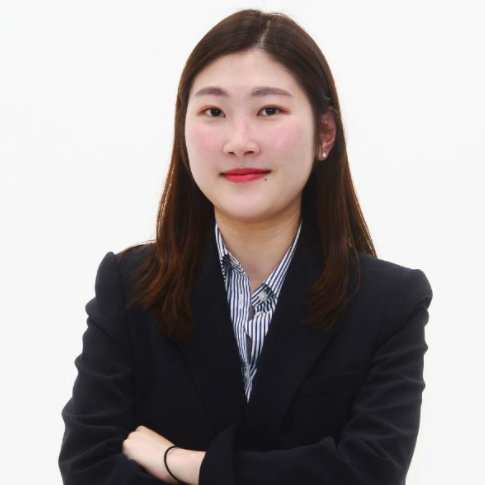

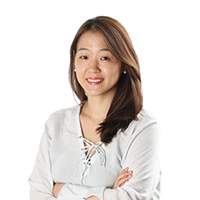
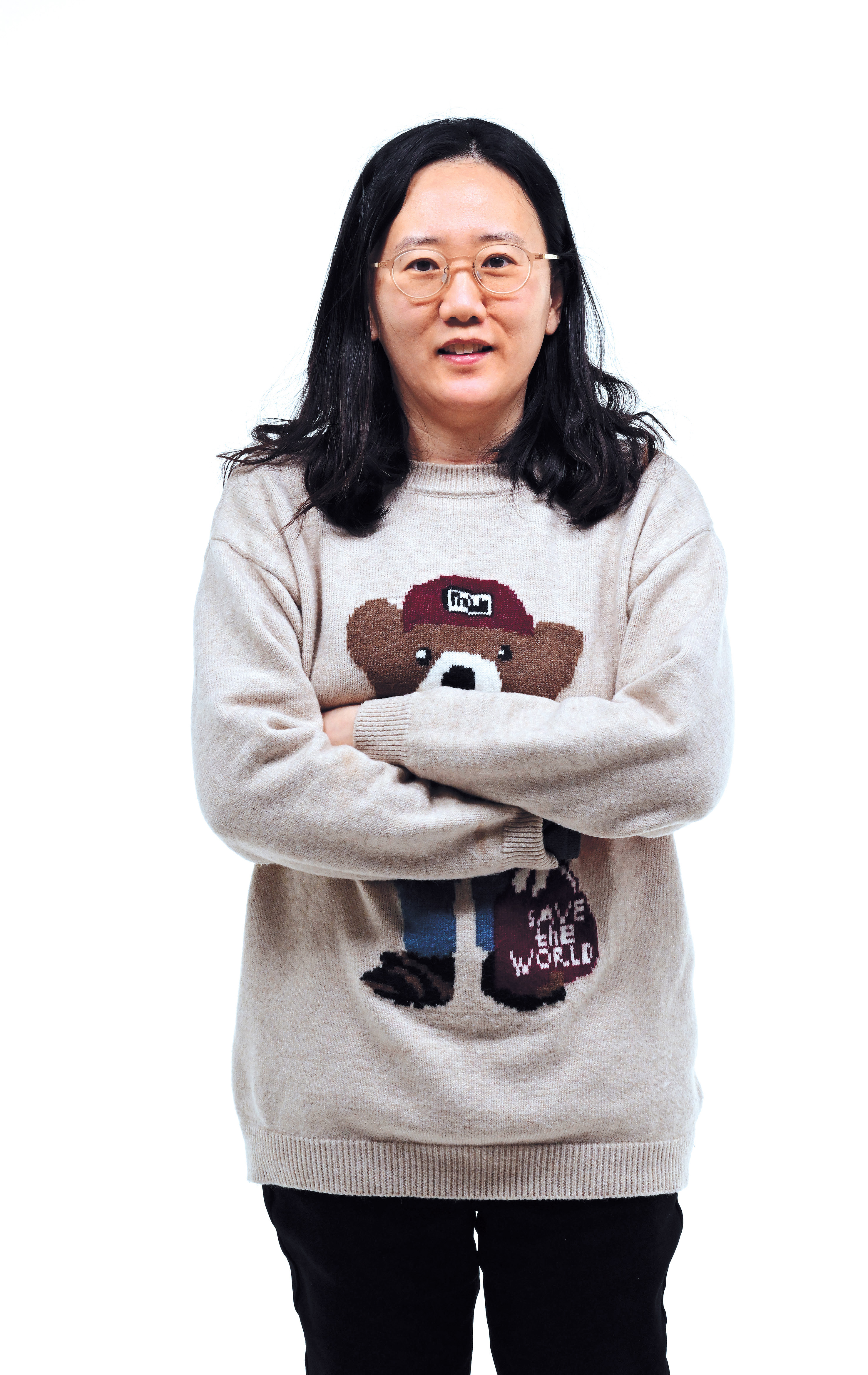





![[Today’s K-pop] Treasure to publish magazine for debut anniversary](http://res.heraldm.com/phpwas/restmb_idxmake.php?idx=642&simg=/content/image/2024/07/26/20240726050551_0.jpg&u=)